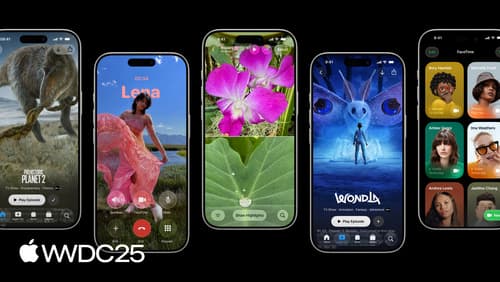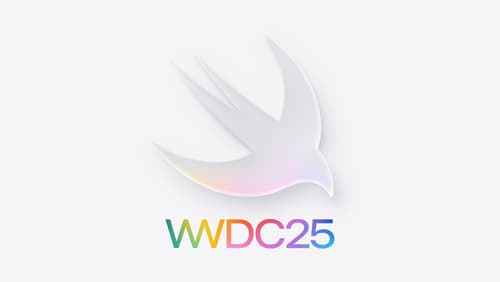how can liquid glass be adopted
Asked on 2025-06-15
1 search
Liquid Glass is a new design element introduced by Apple that can be adopted in your app to create a more immersive and fluid user experience. It is designed to be an interactive layer that floats above your content, providing the main controls that the user interacts with. Here are some key points on how to adopt Liquid Glass in your app:
-
Use in the Navigation Layer: Liquid Glass is best reserved for the navigation layer that floats above the content of your app. It should not be used everywhere, as it can compete with other elements and muddy the hierarchy. For example, in a table view, it is better to keep it in the content layer to ensure clarity (Meet Liquid Glass).
-
System Controls and Custom Views: Where possible, use system views and controls for the best experience. For custom views, you can create a UI Visual Effect view and apply a new UI glass effect in an animation block (Build a UIKit app with the new design).
-
Avoid Glass on Glass: Stacking Liquid Glass elements on top of each other can make the interface feel cluttered. Instead, use fills, transparency, and vibrancy for the top elements to make them feel like a thin overlay that is part of the material (Meet Liquid Glass).
-
Variants and Customization: Liquid Glass comes in two variants, regular and clear. Regular is the most versatile and provides legibility regardless of context. You can also use custom colors selectively to bring attention to specific elements (Meet Liquid Glass).
-
Adaptive and Dynamic: Liquid Glass is designed to adapt automatically across different contexts and platforms, maintaining clarity and focus within the UI hierarchy. It dynamically morphs between controls in each context, making transitions feel fluid and seamless (Meet Liquid Glass).
By following these guidelines, you can effectively incorporate Liquid Glass into your app, enhancing its visual appeal and user interaction.

Build a UIKit app with the new design
Update your UIKit app to take full advantage of the new design system. We’ll dive into key changes to tab views, split views, bars, presentations, search, and controls, and show you how to use Liquid Glass in your custom UI. To get the most out of this video, we recommend first watching “Get to know the new design system” for general design guidance.

Platforms State of the Union
Discover the newest advancements on Apple platforms.

Build a SwiftUI app with the new design
Explore the ways Liquid Glass transforms the look and feel of your app. Discover how this stunning new material enhances toolbars, controls, and app structures across platforms, providing delightful interactions and seamlessly integrating your app with the system. Learn how to adopt new APIs that can help you make the most of Liquid Glass.
